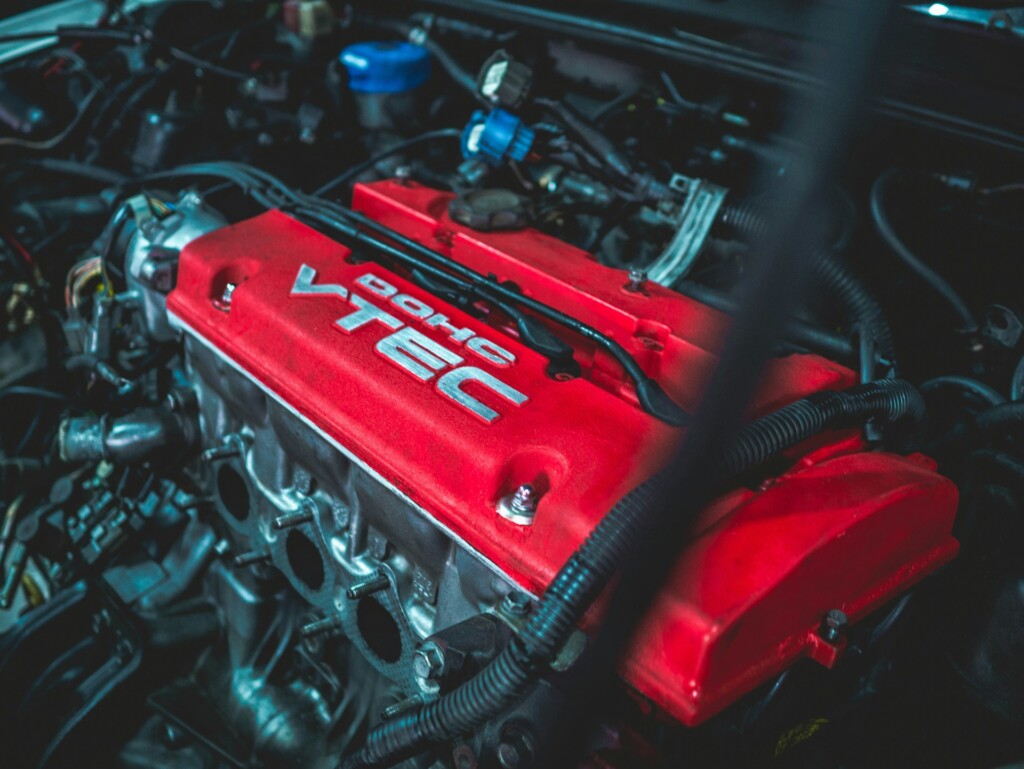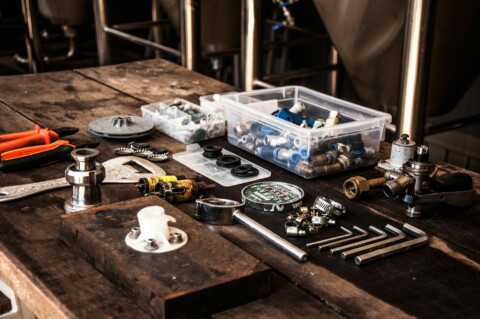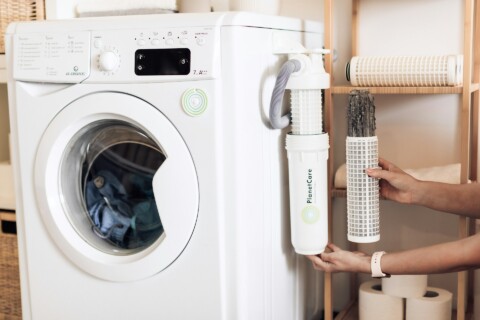Keeping your small engine in excellent shape ensures reliability, saves time, and minimizes costly repairs. Whether you depend on your lawn mower, snowblower, generator, or leaf blower, a proactive approach to small engine maintenance guarantees smooth operation throughout every season.
This post will walk you through proven engine care tips, common pitfalls to avoid, and actionable steps for consistent year-round performance. From regular checkups to seasonal storage, discover how to make every start a smooth one—with insights trusted by Larry’s Small Engines.
Regular Inspection Sets the Foundation for Reliability
A simple visual check can reveal early signs of trouble and prevent minor issues from turning into major setbacks. Start by inspecting all exterior engine components every month.
What to Look for During Routine Checks
- Loose or missing fasteners: Tighten bolts and screws to ensure all engine sections are secure.
- Cracked or brittle fuel lines: Replace worn hoses at the first sign of deterioration to avoid leaks.
- Oil leaks or residue: Address oil spots promptly, as slow leaks can reduce lubrication and damage vital parts.
- Air filter condition: Remove and examine the air filter; replace any that are excessively dirty or damaged.
A regular checkup not only helps you spot potential failures before they escalate but also supports long-term engine upkeep.
Fresh Fuel Keeps Engines Happy
Fuel is the lifeblood of your small engine. Old or contaminated fuel can cause starting issues and sluggish performance. Always use the recommended fuel grade, and avoid fuels containing more than 10% ethanol, as high ethanol levels can harm engine parts.
Fuel Storage and Freshness Advice
- Rotate fuel supplies: Don’t allow gas to sit for longer than 30 days without a stabilizer.
- Use a fuel stabilizer: Add it to fresh gas during storage seasons or if you expect fuel to stay in the tank for extended periods.
- Proper storage: Keep fuel in an approved, sealed container away from heat sources to prevent oxidation.
By following these engine care tips, you ensure your equipment runs reliably, reducing frustration when you need it most.
Routine Oil Changes Extend Engine Life
Oil lubricates and protects key components within your engine, cutting down on friction and wear. Changing oil according to your owner’s manual is a crucial part of small engine maintenance.
Step-by-Step Oil Change Process
- Gather supplies: You’ll need the correct oil type, a replacement filter, gloves, a drain pan, and a funnel.
- Warm up the engine: Run the engine for a couple of minutes so the oil flows easily.
- Drain old oil: Disconnect the spark plug for safety, remove the drain plug, and empty the oil into a pan.
- Replace the filter: If your engine has an oil filter, replace it to ensure a fresh start.
- Refill and check levels: Add new oil, check levels with the dipstick, and wipe away any spills.
Changing oil regularly shields your engine from premature wear, and it’s a best practice championed by the experts at Larry’s Small Engines.
Air Filters Guarantee Optimal Airflow
A clogged or worn-out air filter makes the engine work harder and reduces efficiency. Clean airflow ensures your engine burns fuel properly and maximizes power output.
Inspecting and Replacing Air Filters
- Foam filters: Wash with mild detergent, dry thoroughly, then apply a few drops of engine oil before reinstalling.
- Paper filters: Tap lightly to remove debris, but replace them if they show signs of excessive dirt or damage.
- Replacement schedule: Replace air filters at least once per season, or more often in dusty conditions.
These steps uphold the year-round performance you expect, keeping your small engine at its peak.
Proper Spark Plug Maintenance Prevents Start Issues
A fresh, properly gapped spark plug is vital for smooth ignition. A worn or fouled plug often causes misfires, difficulty starting, and reduced performance.
Spark Plug Inspection Tips
- Remove the spark plug: Use a socket wrench; inspect for soot, oil, or corrosion.
- Check the gap: Use a gap tool to verify the gap matches the engine specifications.
- Replace when needed: Spark plugs are inexpensive; replace them yearly or when they show signs of wear.
Checking and replacing the spark plug takes just a few minutes but delivers a significant improvement in reliability.
Smart Storage Strategies Protect Your Engine Off-Season
Proper preparation during down months prevents corrosion, gunky build-up, and operational issues when you bring your equipment out again.
Storing Equipment the Right Way
- Drain or stabilize fuel: Run the engine dry or add a stabilizer if you’re not draining the tank.
- Remove batteries: Store batteries separately in a dry, temperate area to extend their lifespan.
- Clean thoroughly: Remove grass, mud, or debris before storing; this wards off rust and pest infestations.
- Protect from the elements: Store equipment indoors if possible, or cover securely with a weather-resistant cover.
Smart storage is one of the most effective strategies for engine upkeep throughout the year.
Elevate Your Engine’s Longevity with Consistent Care
Investing time in small engine maintenance pays off with smoother starts, better fuel efficiency, and fewer repair headaches. Adopting a proactive routine, as recommended by Larry’s Small Engines, minimizes downtime and maximizes your equipment’s value. By handling regular inspections, staying on top of fluid changes, and respecting storage best practices, you ensure your machines work when you need them to, any time of year.
If your equipment shows any signs of persistent trouble despite careful upkeep, consult a professional as soon as possible. Keeping records of your maintenance routines can also help diagnose future issues and streamline service visits.






